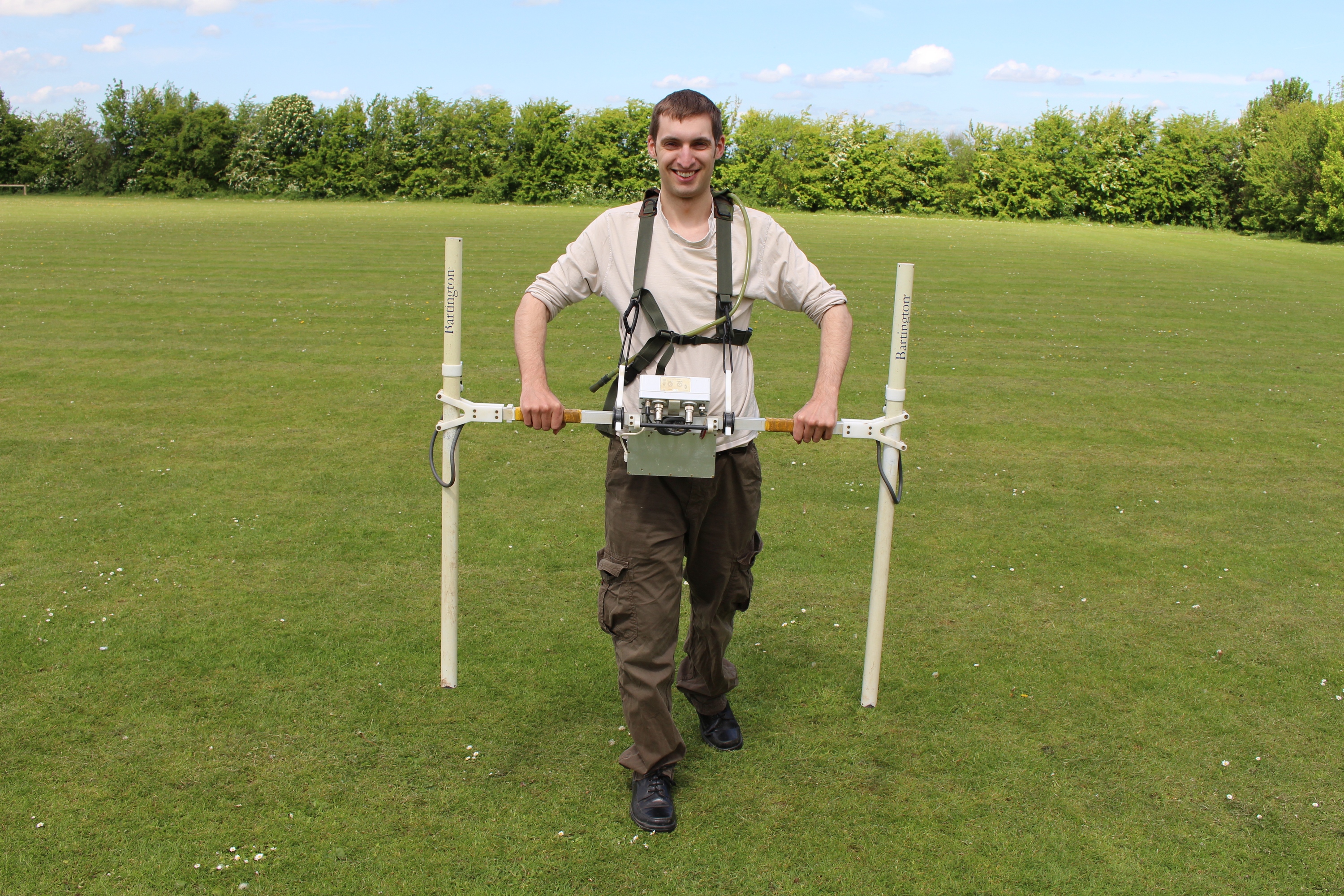All Categories
Featured
Table of Contents
Frequently Asked Questions in Seville Grove Australia 2022
Much of the image includes blank areas now with little or no radar response. The "courtyard" wall is still revealing highly, nevertheless, and there are continuing recommendations of a tough surface in the SE corner. Time piece from 23 to 25ns. This last piece is now nearly all blank, however a few of the walls are still showing strongly.
How deep are these pieces? The software application I have access to makes approximating the depth a little difficult. If, however, the leading 3 pieces represent the ploughsoil, which is probably about 30cm think, I would guess that each piece is about 10cm and we are only coming down about 80cm in overall.

Fortunately for us, the majority of the websites we are interested in lie just below the plough zone, so it'll do! How does this compare to the other methods? Comparison of the Earth Resistance information (top left), the magnetometry (bottom left), the 1517ns time piece (leading right) and the 1921ns time slice (bottom left).
Geophysical Surveys In Portland, Or in Ferndale Western Australia 2022
Magnetometry, as talked about above, is a passive strategy measuring regional variations in magnetism against a localised no worth. Magnetic susceptibility study is an active technique: it is a procedure of how magnetic a sample of sediment might be in the presence of an electromagnetic field. How much soil is evaluated depends on the diameter of the test coil: it can be very small or it can be fairly big.
The sensor in this case is extremely small and samples a tiny sample of soil. The Bartington magnetic vulnerability meter with a large "field coil" in use at Verulamium throughout the course in 2013. Leading soil will be magnetically boosted compared to subsoils just due to natural oxidation and decrease.
By determining magnetic vulnerability at a fairly coarse scale, we can identify locations of human occupation and middens. We do not have access to a dependable mag sus meter, however Jarrod Burks (who helped teach at the course in 2013) has some outstanding examples. One of which is the Wildcat website in Ohio.
Geophysical Surveying - Methods And Applications in Huntingdale Western Australia 2021
These towns are often set out around a central open area or plaza, such as this rebuilt example at Sunwatch, Dayton, Ohio. Sunwatch Town, Dayton, Ohio (picture: Jarrod Burks). At the Wildcat site, the magnetometer study had located a range of functions and houses. The magnetic susceptibility study helped, however, specify the main area of profession and midden which surrounded the more open location.
Jarrod Burks' magnetic vulnerability survey arises from the Wildcat site, Ohio. Red is high, blue is low. The method is for that reason of excellent use in specifying locations of general occupation rather than recognizing specific functions.
Geophysical surveying is an applied branch of geophysics, which uses seismic, gravitational, magnetic, electrical and electro-magnetic physical approaches at the Earth's surface area to measure the physical properties of the subsurface - Geophysical Survey Methods in Ardross Aus 2020. Geophysical surveying methods usually determine these geophysical residential or commercial properties together with anomalies in order to assess numerous subsurface conditions such as the presence of groundwater, bedrock, minerals, oil and gas, geothermal resources, spaces and cavities, and far more.
Table of Contents
Latest Posts
What Are Geophysical Surveys & Why Do They Matter in Parkwood WA 2023
Geophysical Methods in Merriwa Western Australia 2021
Geophysicist: Job Description, Duties And Requirements in Western Australia 2022
More
Latest Posts
What Are Geophysical Surveys & Why Do They Matter in Parkwood WA 2023
Geophysical Methods in Merriwa Western Australia 2021
Geophysicist: Job Description, Duties And Requirements in Western Australia 2022